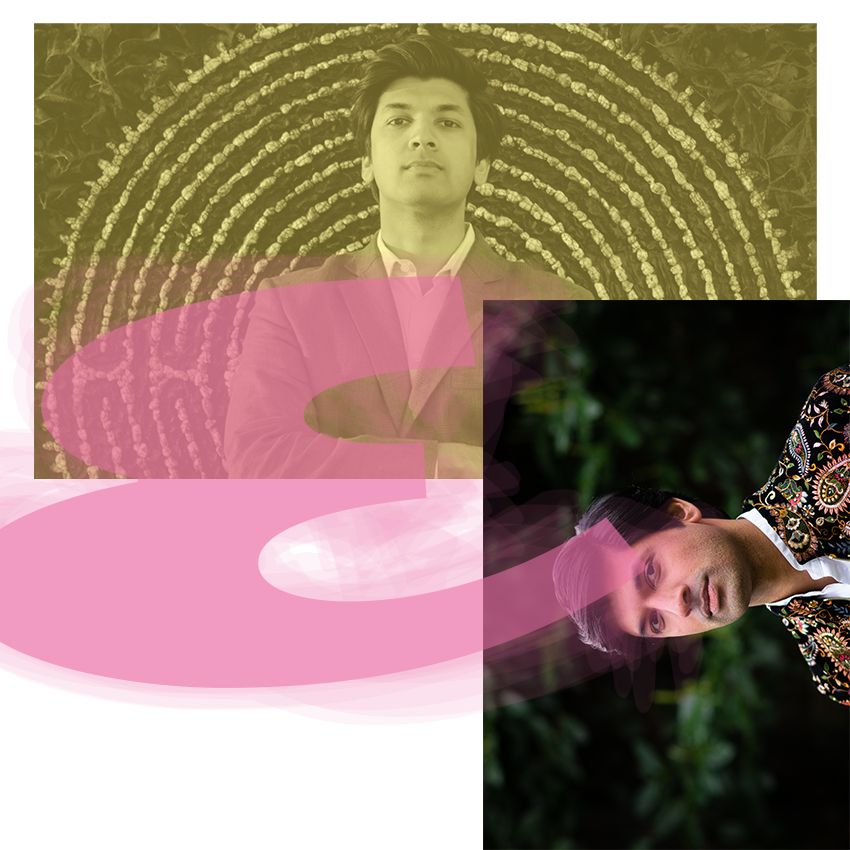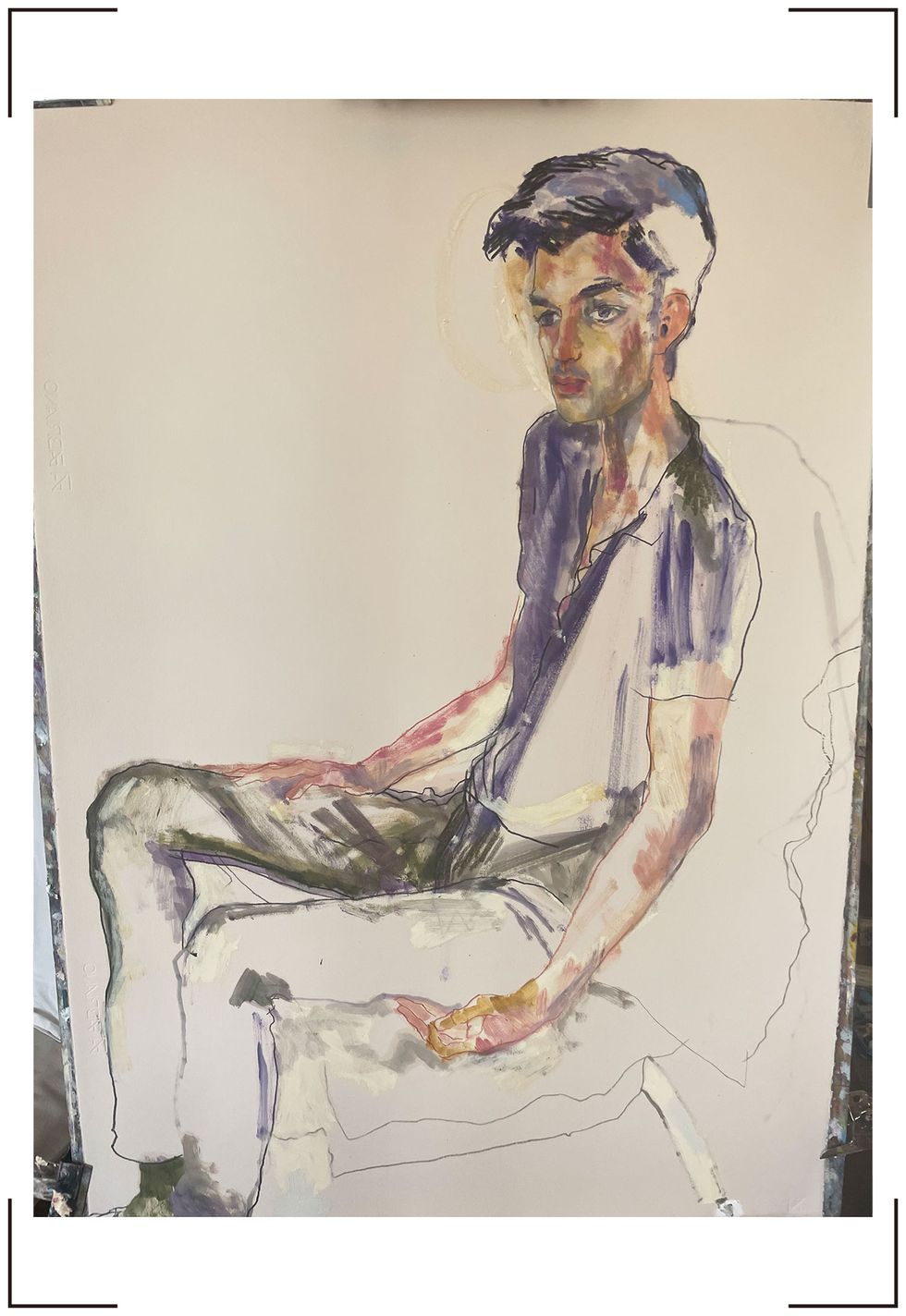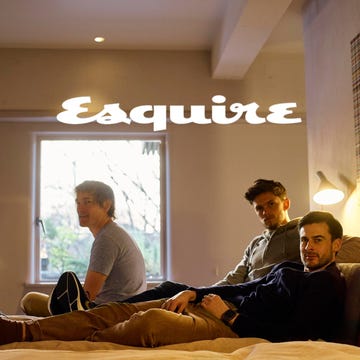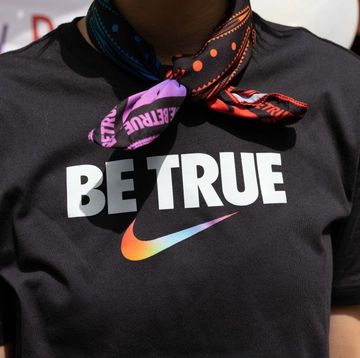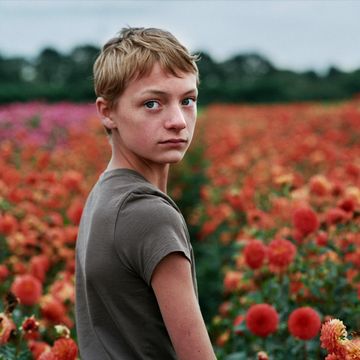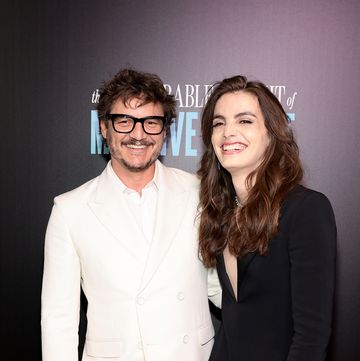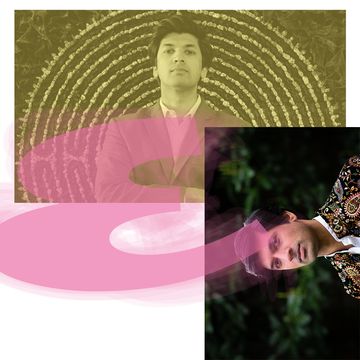*Click here for Japanese Pages(日本語はこちらをクリックしてください)
Amar Singh is not your average NFT aficionado. British by birth and a descendant of the Kapurthala royal family in India, his heritage, love for art, and unwavering determination to empower people have made him a prominent figure in the NFT art world. He is convinced by the boundless potential for NFTs to affect meaningful change in the world by creating new spaces for people to thrive.
We had the opportunity to speak with him about his thoughts on NFTs and the present and future of the art industry. He moved from being a gallery owner pre-pandemic to becoming an industry leader focused solely on NFT art projects. Our conversation took place before the cryptocurrency downturn and FXT Exchange crash that happened in recent weeks. On the heels of the recent turmoil in the crypto market, his vision and perspective may be all the more insightful and poignant. This conversation has been edited for clarity and length.
Can you describe the work that you do?
Let’s start with what an NFT is. An NFT is a digital certificate of authenticity. You can have an NFT of anything, like a housing deed or a car insurance policy and I believe that’s where NFTs are headed. When it comes to the art world, I predict that in the next five years all (physical) artwork will be sold with an NFT certificate of authenticity because it safeguards against forgeries, helps artists get royalties, and is just a more secure way to authenticate artwork.
As for what I do, I work on delivering quality digital art. I built one of the world’s largest NFT studios, and just like a movie studio or a production company, I create, curate, and distribute NFTs. We partner with artists and brands like LVMH to create digital art that is distributed and sold on one of the NFT platforms. I am also a launch partner for “Coinbase”, “MarkersPlace”, and “Veve” (the latter two are platforms that sell digital art).
But the most important thing for me is impact. For me, impact is making a difference in the culture or in people’s lives. Over the summer I teamed up with Givenchy the Rewind Artist Collective to launch a line of NFTs to celebrate Pride. All the proceeds from the sale were donated to Le MAG Jeunes LGBT+ association, dedicated to supporting LGBTQ youth in France.
Why did you choose to work in art?
I am a big fan of art but not so much of the art world (laughs). Art has existed for thousands of years for a reason. It resonates with us because it is a sign of our humanity, it tells a story about our past, present, and future. The problem is that for most of history the story of humanity has been told by the privileged few.
Think about public institutions like museums that are funded by our governments. We collectively trust them to be the custodians of our history and heritage. But if you visit any major museum and look at the names of the artists, they are mostly men. We know that art created by women has consistently been overlooked or undervalued even though women are 50% of the population. Add social class, ethnicity, and sexual orientation to that list and now we're talking about the majority of any given society on earth whose stories are not adequately represented in our public institutions. There is something completely lopsided about this picture.
Before I shifted my focus entirely to digital art, I owned a gallery that specialized in artwork by women and LGBTQ individuals. I was challenged by others in the art world for the artists I chose to work with and platform. For example, in 2018 I displayed and sold works by American artist Lynne Mapp Drexler. At the time, her paintings were selling for about 15,000-20,000 USD. Now her works are selling for 1.5 million USD at Christie's. Lynn’s story proves my point, she is a great artist that just needed to be recognized. This should make everyone wonder, “How many more women or LGBTQ artists are there in the world whose talent hasn’t been recognized?”
Why are activism and social impact so important to you?
I don’t want to just write blind checks; I want to help empower people and correct the wrongs of the past. I know change isn’t easy but striving for it is something I inherited from my family. For example, my ancestor, Rajkumari Amrit Kaur, was born in 1887 and she was an activist. She worked closely with Gandhi in the Indian independence movement and when India gained independence from the British in 1947 she was appointed the first Health Minister of India. When Martin Luther King Jr. visited India in 1959 one of the first people he met was my ancestor. I grew up looking at images of Gandhi, Nehru, and Martin Luther King Jr., with members of my family on the walls of my home growing up. Activism and creating social change are part of my heritage.
There are many causes in the world to support like world hunger and childhood poverty, why does the empowerment of women and the LGBTQ community resonate with you so much?
Gandhi famously said, “If you educate a man, you educate an individual, but if you educate a woman you educate a family.” When you think about it, women and the LGBTQ community together make up more than 50% of the population. If we don’t let the voices of more than half of any population be heard, or don’t give them access to resources and opportunities, we are suppressing the progress of our own society. Think of how many scientists, educators, or innovators get overlooked and never end up contributing to society because of their gender or sexual orientation. This is not just a human rights issue, it's a huge loss for society as a whole.If you empower women you can change everything, including things like child hunger and poverty.
Why is it beneficial for artists to choose digital art rather than conventional art?
The world of NFT art is a blank canvas, it is still new, so the barriers to entry are low. Blockchain is meant to be decentralized, which by definition means it is open to everyone. This allows us new ways to include artists who were traditionally not given as many opportunities in the art world. We cannot change the past but we have a golden opportunity to create a new digital history, one that truly celebrates all the human diversity on the planet. This is what I believe NFTs and digital art can provide.
Of course, right now you can get an NFT of a smiley face, but that’s not what I’m talking about, I’m talking about NFTs of quality. NFT’s that uplift and support people and their communities. And one of the greatest things about how blockchain works is the built-in royalties system. When an artist creates a digital art NFT they can set a built-in royalty system of say 5%. So every time their artwork gets sold, 5% automatically goes back to the artist or creator. This is revolutionary. It not only allows the ownership of the art to be tracked but also ensures that artists get paid. This is entirely new in the art world.
How would you advise people who feel like the NFT world is unattainable or too risky?
Buy what you can afford, at a level that is comfortable for you. A lot of people rushed into NFTs and got rich quickly, but a lot of people lost a lot of money as well. The collaborations we did with LVMH and the Rewind Collective were priced at 100 dollars. That’s very accessibly priced. We could have priced them higher but we wanted it to be attainable so anyone who wanted to could participate. High-quality NFTs like these are a small portion of the market but they exist.
Thank you so much for your time and for educating us about digital art and NFTs. Before we go, can you please give some recommendations for your favorite places in both the UK and India?
In London, I recommend Darjeeling Limited in Covent Garden. It is owned by a female chef and part of the proceeds from the restaurant are used to support women in India. Also, go to the Tate Modern Art Museum - they are expanding their collection with pieces from diverse artists.
In India go to Bukhara restaurant in Delhi, it specializes in the regional cuisine from North-Western India. And visit the Lotus Temple. The architecture is incredible.
***
Amar’s philanthropy extends into his personal life as well. In 2021 he pledged to donate 5 million dollars worth of physical art created by women and LGBTQ artists by 2025 to prominent galleries and museums around the world. By July 2022 he had already reached 5 million dollars in donations, but he is going to continue donating so that the institutions that hold the “legacy of humanity” can tell a more inclusive story.
Finally, Amar is personally funding a court case in India to ban LGBT conversion therapy in children. The long-term psychological damage that results from conversion therapy, especially in childhood, is well documented by top international institutions. Despite the difficult road ahead, he is confident that these damaging practices will be banned in India in the near future.
《Disclaimer》
NFTs and the cryptocurrency market have experienced instability and a significant loss of value in recent months. Experts believe that there are a few explanations for this:
- The FTX cryptocurrency exchange collapsed
- There are many NFT scams
- Too much diversity in the kinds of NFTs
But experts say the technology has limitless possibilities and the industry will continue to evolve revealing new applications for combining art, creativity and technology.
